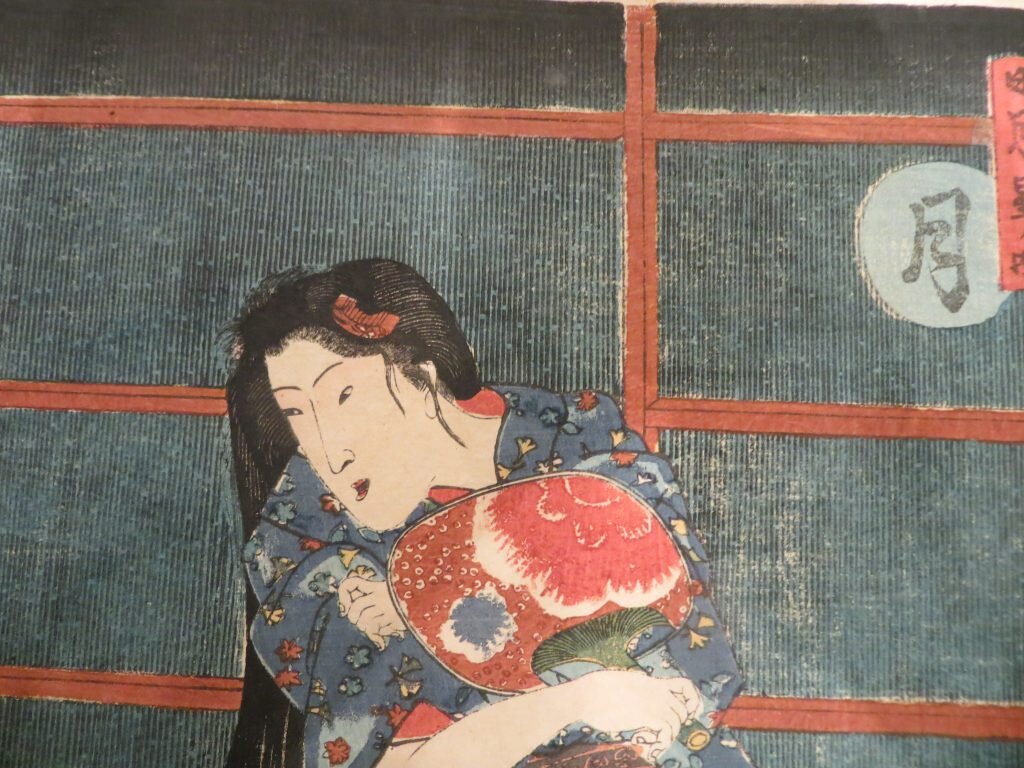What to buy when you're in a Japanese Bookstore
Literary Tourist in Tokyo:[dropcap]As[/dropcap] noted in my previous post, while there are quite a few interesting English books to be had in the Jimbocho bookstore neighbourhood of Tokyo, there are obviously a lot more in Japanese. And I was able to get lots of shots of them, and the stores that sell them, but, do you think I could convince any of the owners to pose for the camera? Fat chance. Given their reserve, the trick, I'm convinced, for next time, is to plan things far in advance, get the approval of someone in authority, and be accompanied by a wise old dealer known to all, or perhaps an official from the local booksellers association!Still, I was received very politely; just not, as is often the case in North America, with open arms.But, on to the stores. First off, I was amazed by the number of post-it notes,or whateverthey are, that these merchants use to display their wares. Also surprised that there wasn't more Manga for sale. The only really good selection I saw was at this store:Isseido Booksellers has a decent foreign language section on the second floor with a good number of books in English, mostly archeology and history, but the Japanese books, though incomprehensible, were muchmore attractiveOne thing that isn't incomprehensible is the beauty of Ukiyo-e Japanese woodblock prints. They flourished between the 17th and 19th centuries. Subjects included female beauties; kabuki(theatre)actors(experts at expressing emotion), and sumo wrestlers; scenes from history and folk tales; travel and landscapes; flora and fauna; and erotica. The Japanese never thought much of these prints - they were produced primarily for the unwashed masses. These prints did however find an admiring audience in the West in the late 1800s. Today you can pick up originals for as little as US$50. Older, sought-after editions go for much more. I saw one on sale for 800,000 Yen (about US$8,000) at Hara Shobo, one of the best Ukiyo-e shops in the area. They have thousands of original prints for sale,as well as a very knowledgeable, solicitous staff. One pleasant woman (who didn't want her photograph taken) showed me the difference between an early print(please ignore the flying saucers) and a later version (note all the white around the wood frames) printed with the same block.And one final observation. I couldn't help but notice that pretty well everyone depicted in the prints, at least the ones I saw, had humongousfeet. Clearly no foot-binding going on in 19th century Japan!













